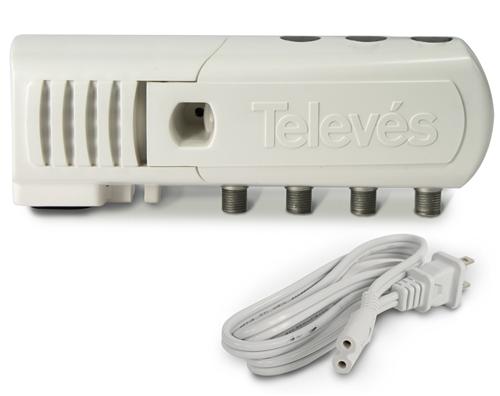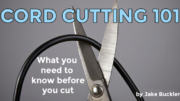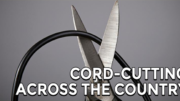I’ve been a big proponent of over-the-air antennas for a long time. Don’t believe me? You’ll find well over 1,000 articles on the subject here on this blog alone. And yet, for all that I’ve written, there are always new questions. For example, this one:
Can I use my antenna to feed 2 TVs and also a Fire DVR?
In order to understand the question, you have to understand a little bit about how antenna distribution works.
Antenna signals
Over-the-air antenna signals are broadcast from towers up to 75 miles away. They operate on frequencies from 50-600MHz (roughly.) This places them in the same general range as cell phones and FM radio. It’s a lower frequency range than satellite TV, which is important. Lower frequency signals travel more easily through walls, trees, and other obstructions. They take less power to produce and have an easier time traveling through copper wires.
Antenna signals are generally very weak by the time they get to you, but they are still strong enough that you can usually use them.
Another important thing about antenna signals today is, they are digital. This affects what happens when you amplify them. Digital signals are made up of ones and zeros. It doesn’t matter how strong the signal is as long as you can distinguish between a one and a zero. This means that amplifiers can work very well as long as you’re amplifying a signal before it gets too weak to use. Every amplifier adds some noise, though, and it eventually gets to the point where too much amplification overwhelms the signal.
Using different devices
It may not make sense to the average person that you can hook the same antenna to a TV and also to a DVR of some sort. But, at the heart of each device is a tuner that’s really the same. It decodes the digital signal and feeds it to whatever comes next. It doesn’t matter if that’s a television, a streamer, a DVR, or whatever. As long as the device is supposed to be used with an antenna, it’s going to work. All it takes is one of two little devices.
Option 1: a splitter
Splitters for TV use are incredibly inexpensive. This one will definitely fit in your budget and the truth is it’s actually a little bit of overkill for what you need. It’s robust enough to handle frequencies from 5-2150MHz and you don’t really need that much. But it does work for what you need. In most cases you’ll only need this part and a bunch of coaxial cables in order to feed the devices you need.
Option 2: a distribution amplifier
If you’re using longer cables you might need a distribution amplifier. A distribution amplifier just puts a little “oomph” behind your signal and lets it go further. You put this kind of amplifier inside your home near where the antenna cable enters the house. It gets power from the wall and pumps up the signal through the cables.
Too much amplification can be as bad as not enough, so this is an option you will need to think about and plan for before putting it in. In a lot of cases you’ll want to just try the plain old splitter first and if it doesn’t work for some of your longer runs, replace it with something like what you see above.
Get the accessories you need from Solid Signal
Whether it’s an 11-foot antenna or a tiny splitter, you’ll find all the accessories you need for the ultimate antenna setup when you shop at Solid Signal.







